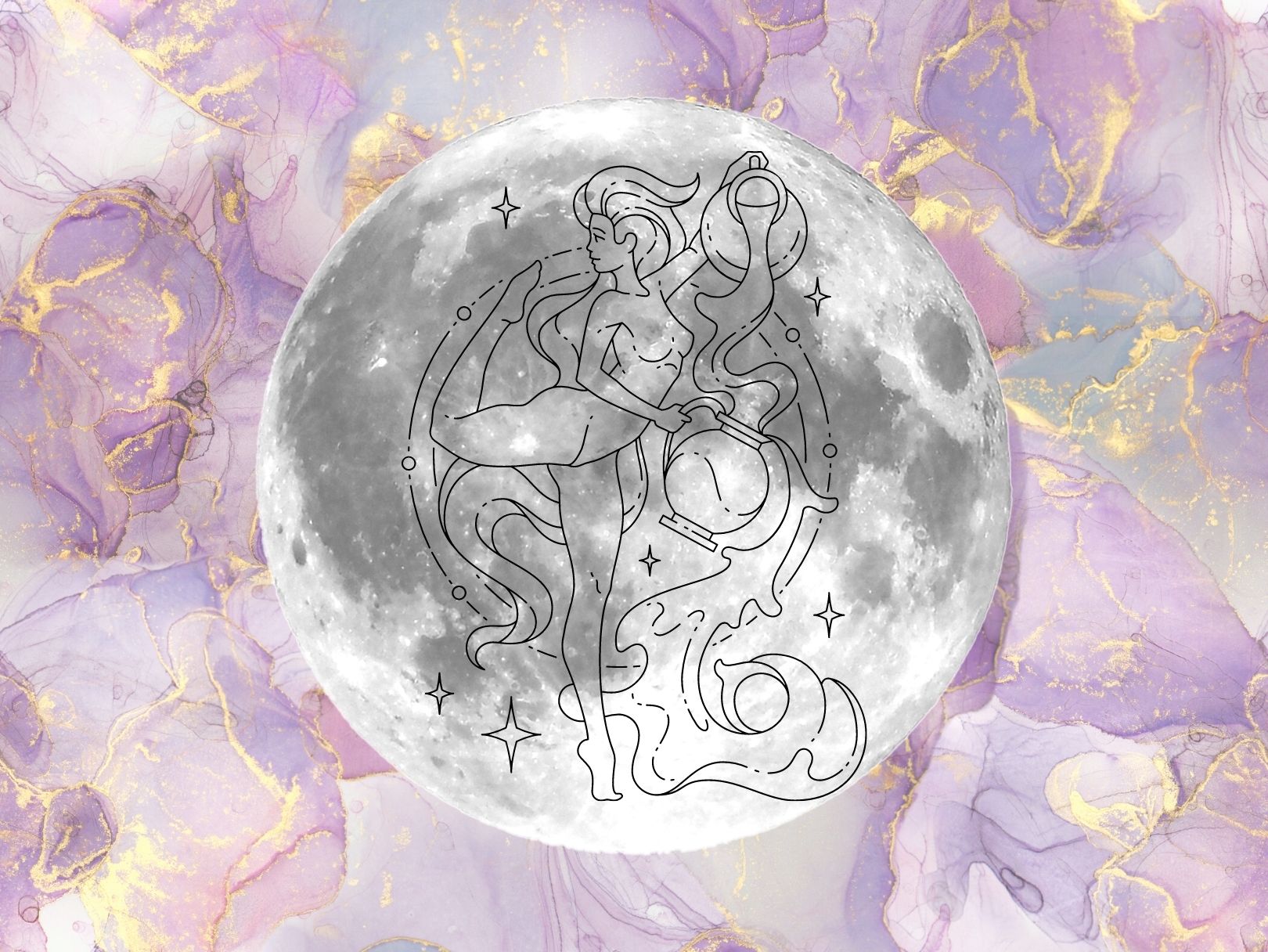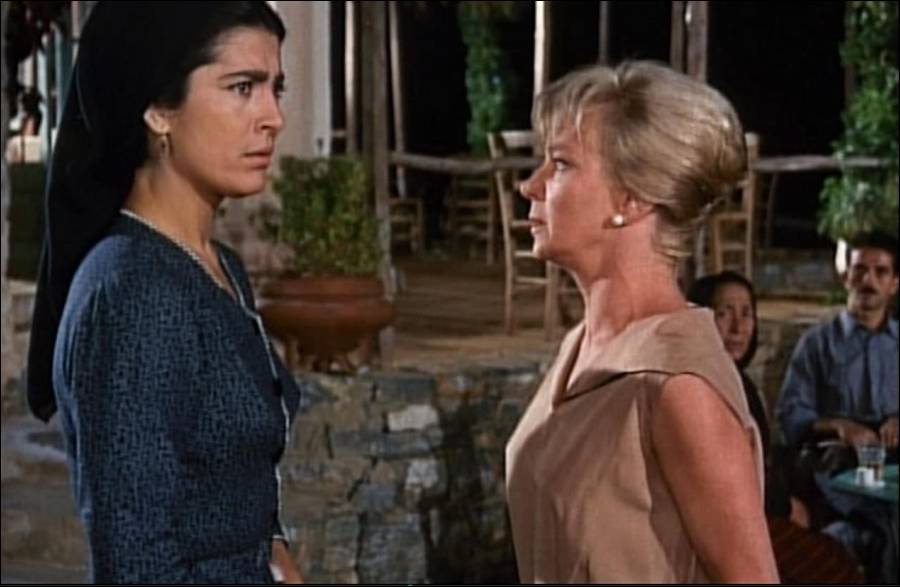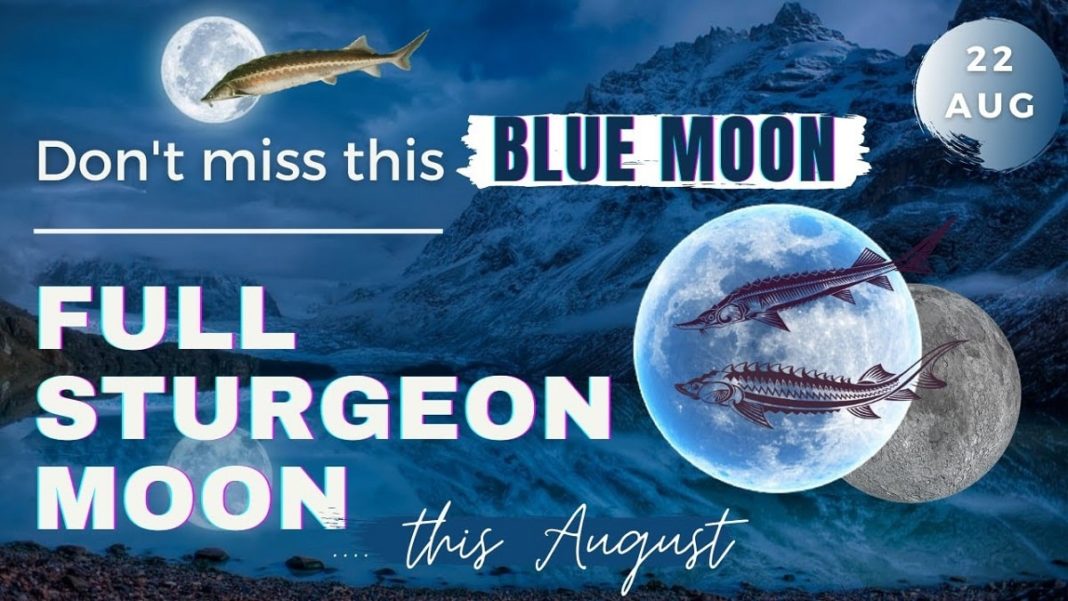

So, when are the next Blue Moons after this Sunday? Consider this column an updated version for 2021.

And as it turns out, the last time we had a blue moon based on the "four full moons in a season" rule was in May 2019. Here at, we have posted many stories regarding the differences between the two blue moon definitions over the years. But nothing out of the ordinary has occurred in recent days or weeks, so this weekend's moon should look pretty much the way we are accustomed to seeing it. In the past, there have been very unusual atmospheric circumstances that have caused the moon (and the sun) to appear bluish, caused by anthropogenic aerosols injected into the atmosphere such as volcanic ash and dust (after the eruption of the Krakatoa volcano in August 1883) or airborne soot from forest fires (such as from western Canada in September 1950). Of course, to everyone who sees it, it will still look full, even though it will be ever-so-slightly out of perfect roundness.Īnd don't expect to see the moon shine with a bluish tint.

That means that for North America, the moon phase will be just past full - actually a waning gibbous moon - when it comes over the horizon at nightfall that Sunday evening. The third full moon - the Blue Moon according to the original rule set down by the Maine Farmers' Almanac - comes on Sunday, with the moon officially turning full at 8:02 a.m. So, going by the old "Maine Almanac rule," for summer 2021, we have four full moons: June 24, July 23, Aug. You should not confuse it with The Farmers' Almanac (opens in new tab) which has been publishing continuously since 1818, but coincidentally also happens to be based in Lewiston, Maine. Meanwhile, the "original" Maine Farmers' Almanac rule had been all but forgotten.Īs was noted earlier, that publication has long since gone out of business. Pruett's misinterpretation gained traction with a new audience of baby boomers, and today his "two full moons in a month rule" is recognized worldwide. Pruett's 1946 explanation was, of course, the wrong interpretation and it might have been completely forgotten were it not for journalist Deborah Byrd, who used it on her popular National Public Radio program, StarDate on Jan. This second in a month, so I interpret it, was called Blue Moon." This gives 11 months with one full moon each and one with two. "Seven times in 19 years there were - and still are - 13 full moons in a year. Pruett unfortunately came to this conclusion: This time, on page 3 of the March 1946 issue, James Hugh Pruett wrote an article, " Once in a Blue Moon (opens in new tab)," in which he made a reference to the term "Blue Moon" and the S&T article from July 1943. Some of the popularly used names, such as the “strawberry moon” and “harvest moon”, do seem to be Algonquin, according to a list published by Algonquin Nation Tribal Council in 2005.Once again, we must turn to the pages of Sky & Telescope. There is no standardised Native American calendar, according to Laura Redish, director and cofounder of Native Languages of the Americas, although Nasa says the names derive from the Algonquin tribe, part of a larger cultural linguistic group called Algonquian. They appear to have become more popular after the 2014 lunar eclipse – a phenomenon colloquially referred to a “blood moon,” due to it causing the moon to have a reddish hue – ignited interest in such romanticised names. These moon names, and their purported meanings, have gained increased traction in recent years, with the labels generally attributed to Native American tribes. The publication claims: “August’s full Moon was traditionally called the Sturgeon Moon because the giant sturgeon of the Great Lakes and Lake Champlain were most readily caught during this part of summer.” The August full moon is a ‘blue moon’ by the traditional definition of the phenomenon (Photo: Reuters) Why did names like ‘Sturgeon Moon’ become a thing?Īugust’s full moon has come to be known as the “Sturgeon Moon” in some quarters, as per the American Farmer’s Almanac, which has apparently been designated the gold standard for such matters. The lunar cycle’s timings also mean that the full moon tends to fall slightly earlier each month, with the full lunar timetable for 2021 as follows:


 0 kommentar(er)
0 kommentar(er)
